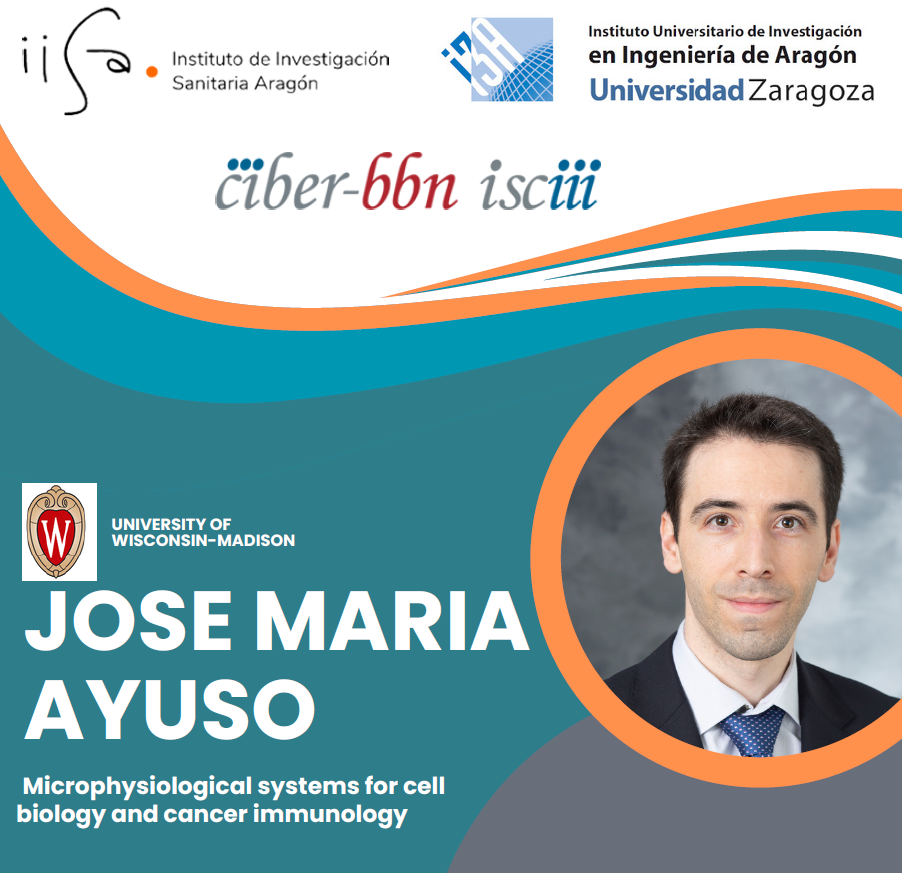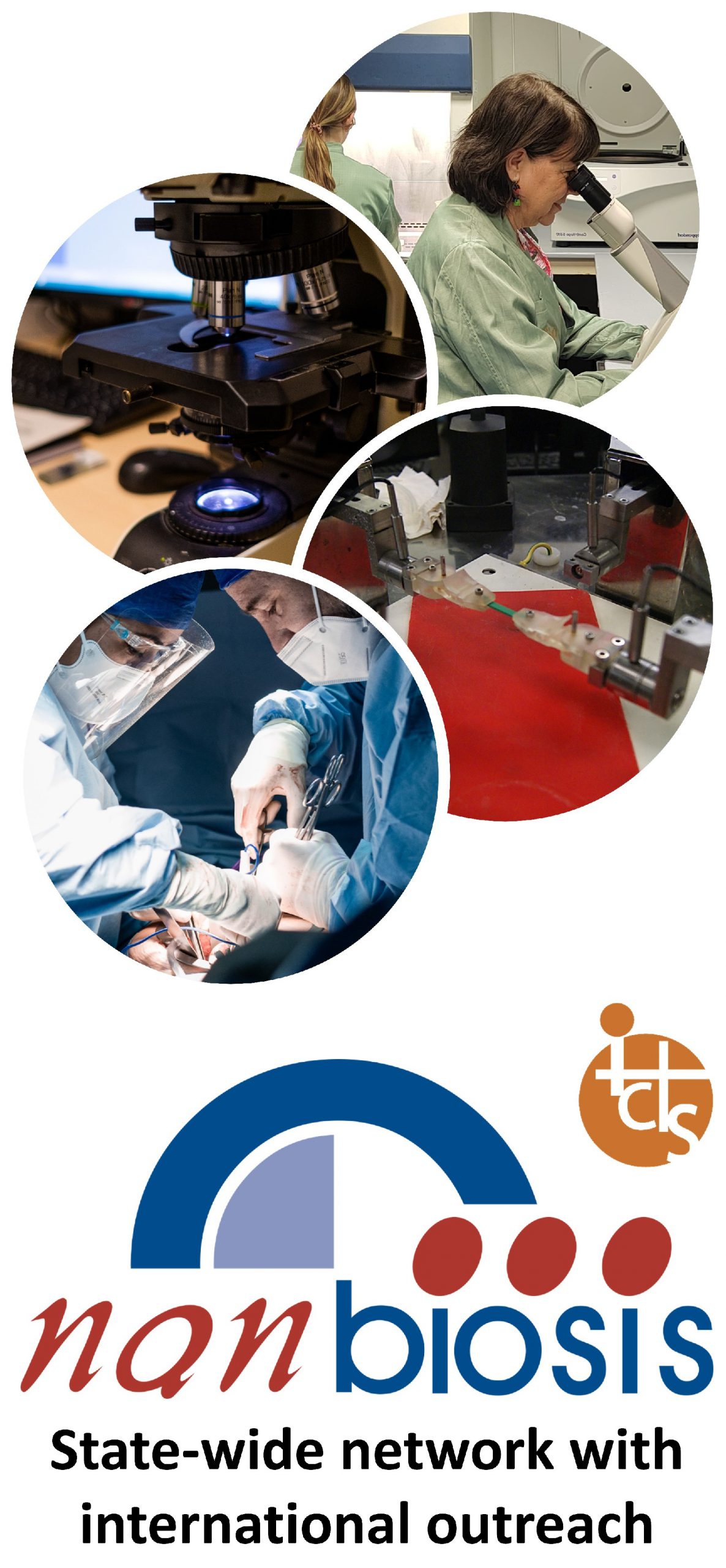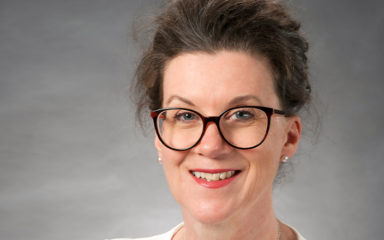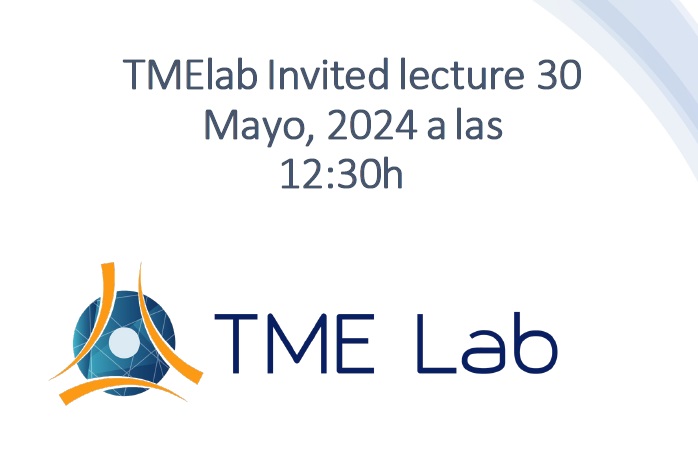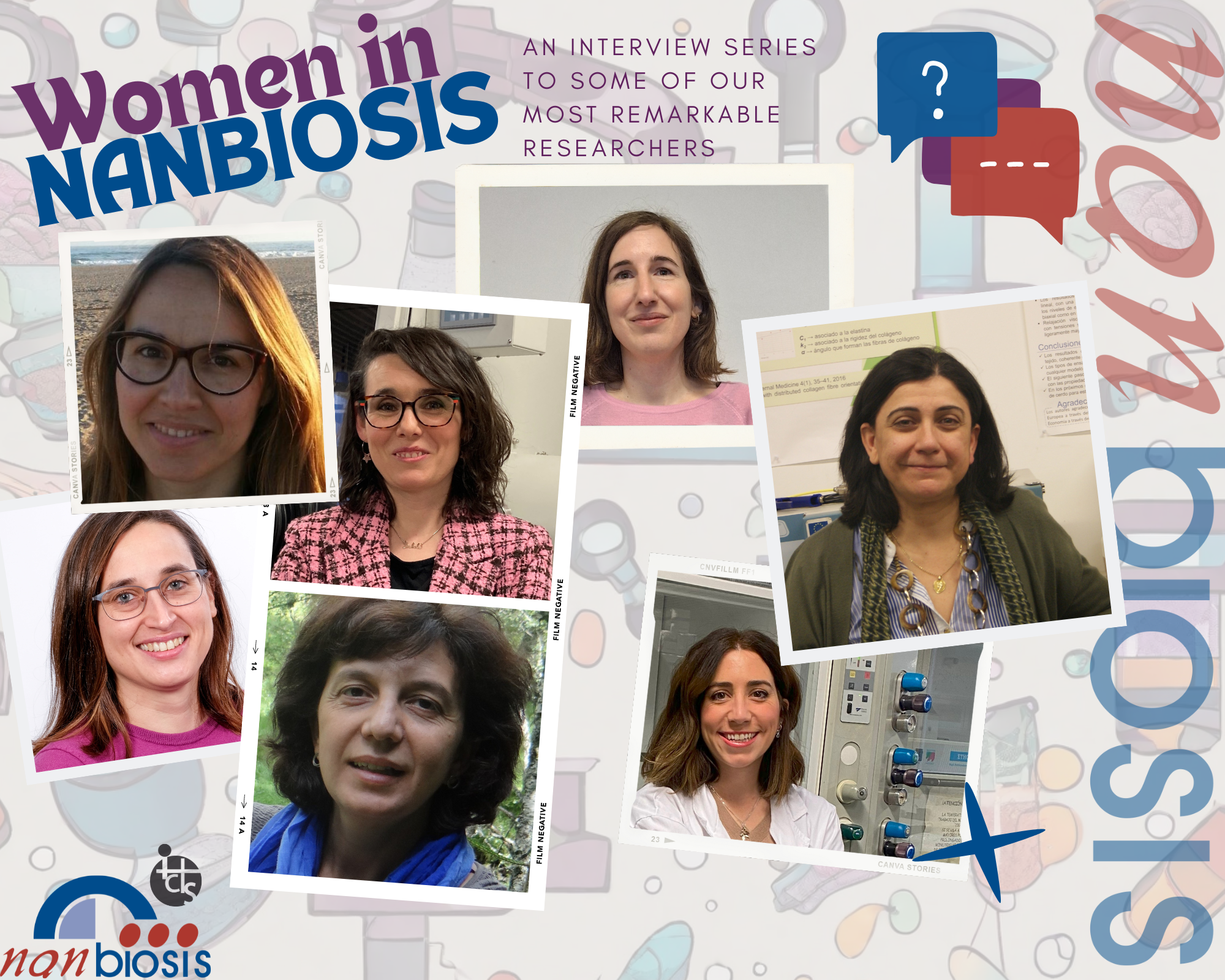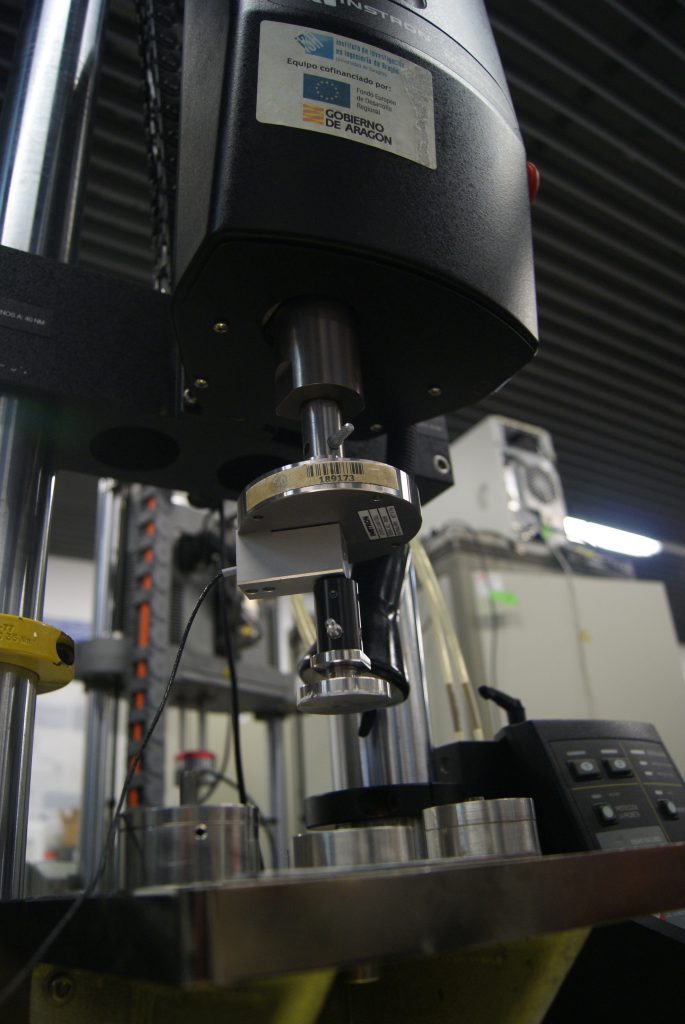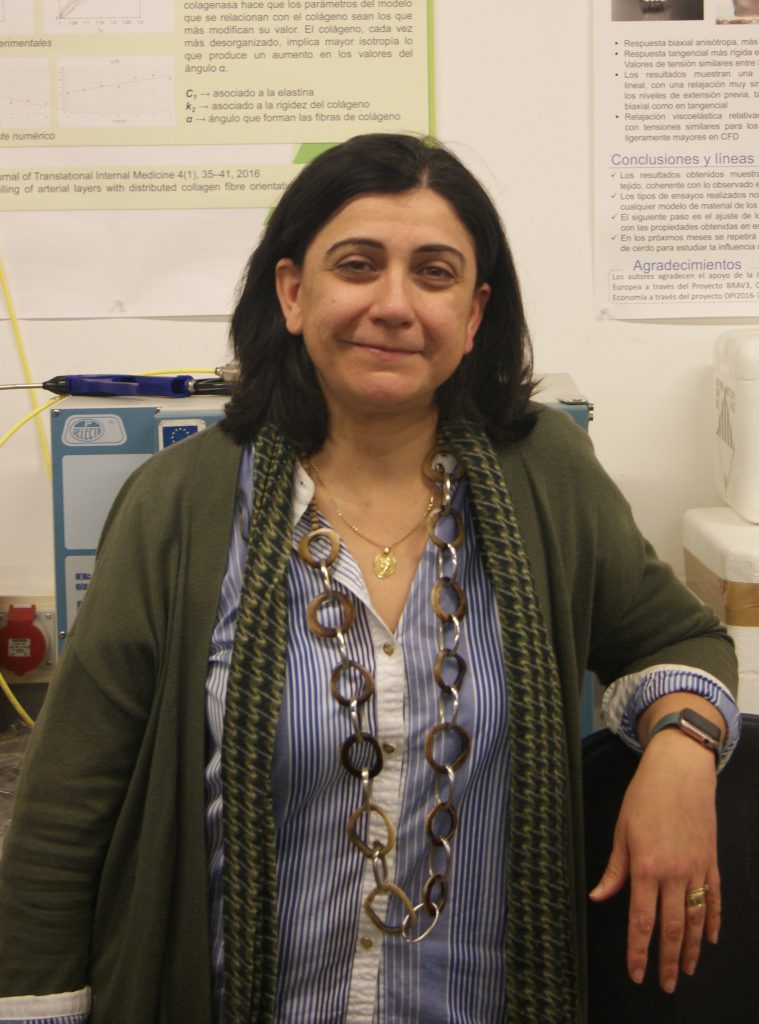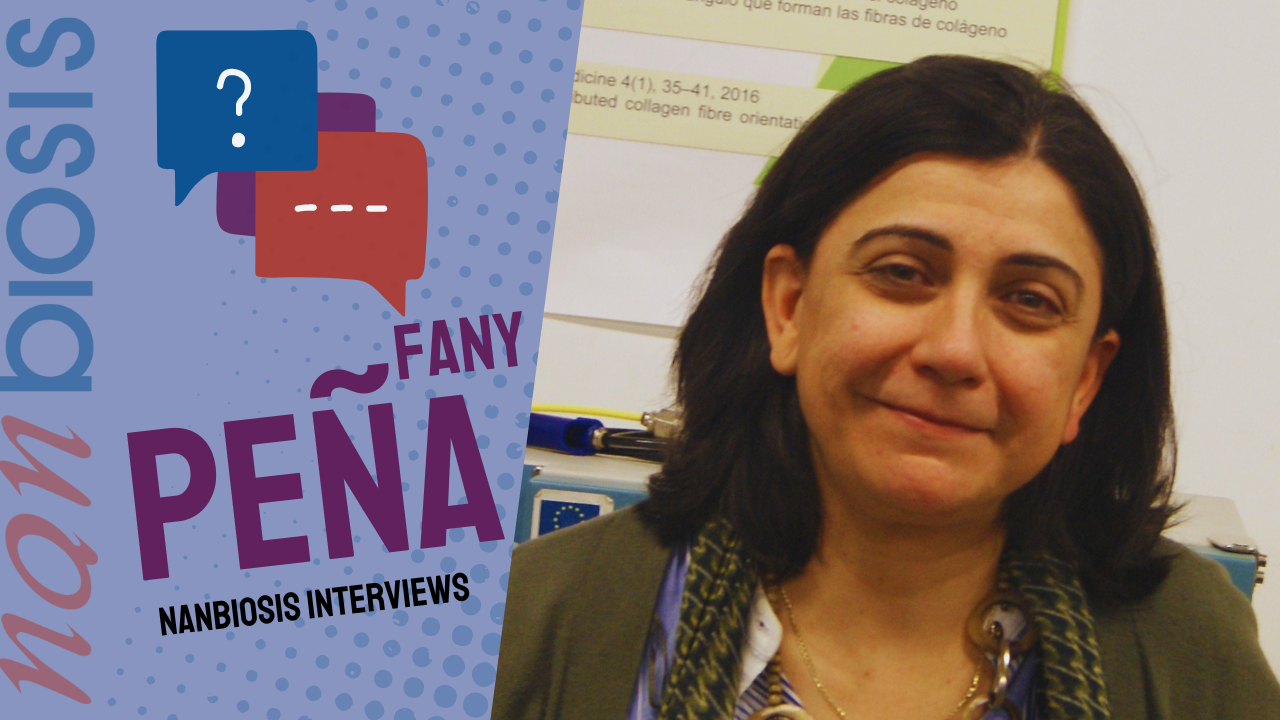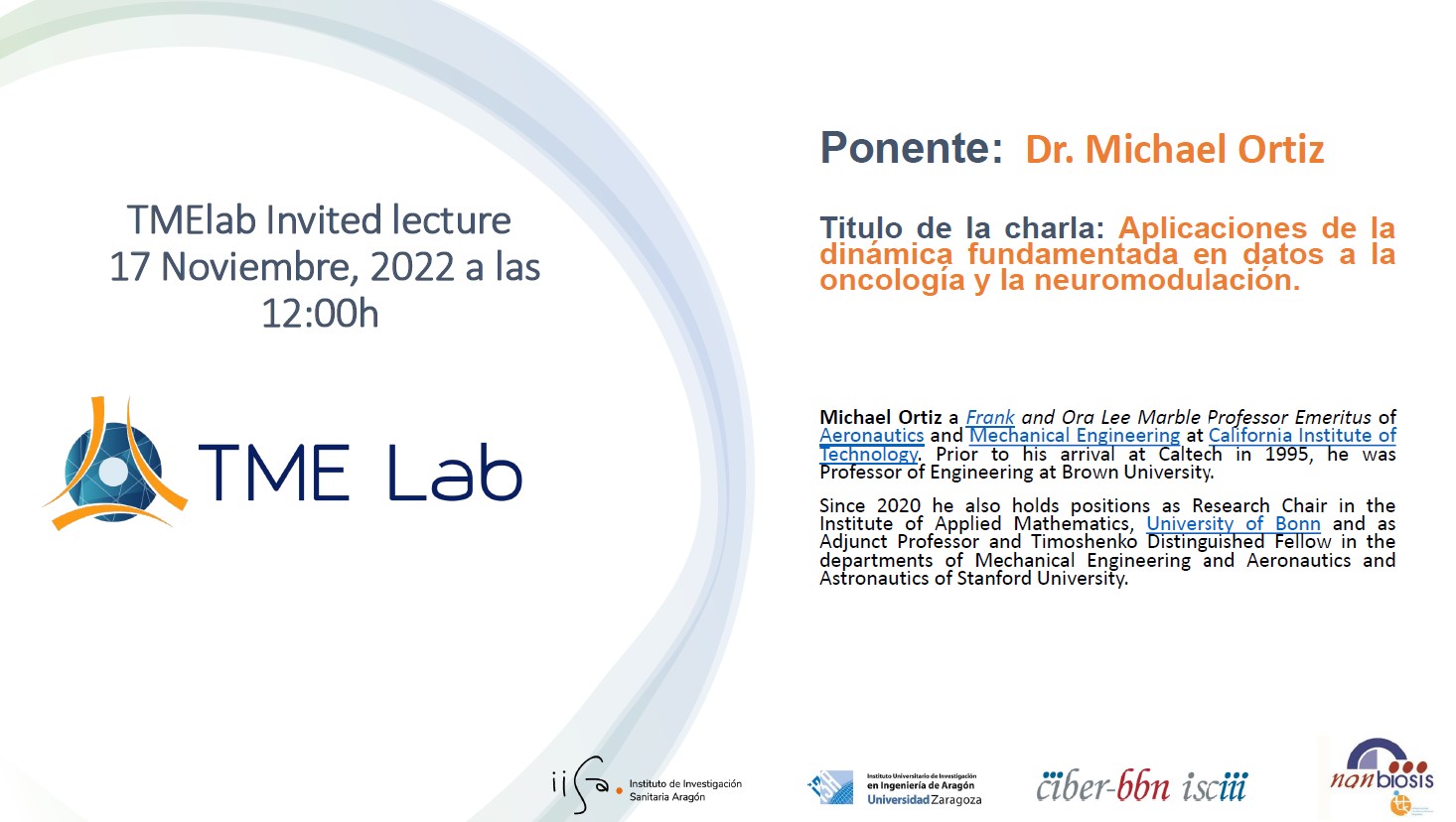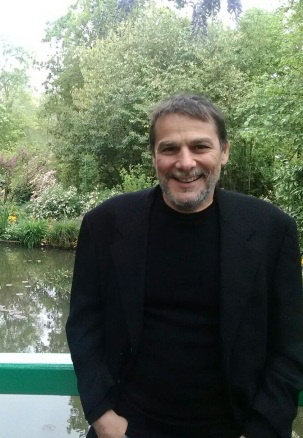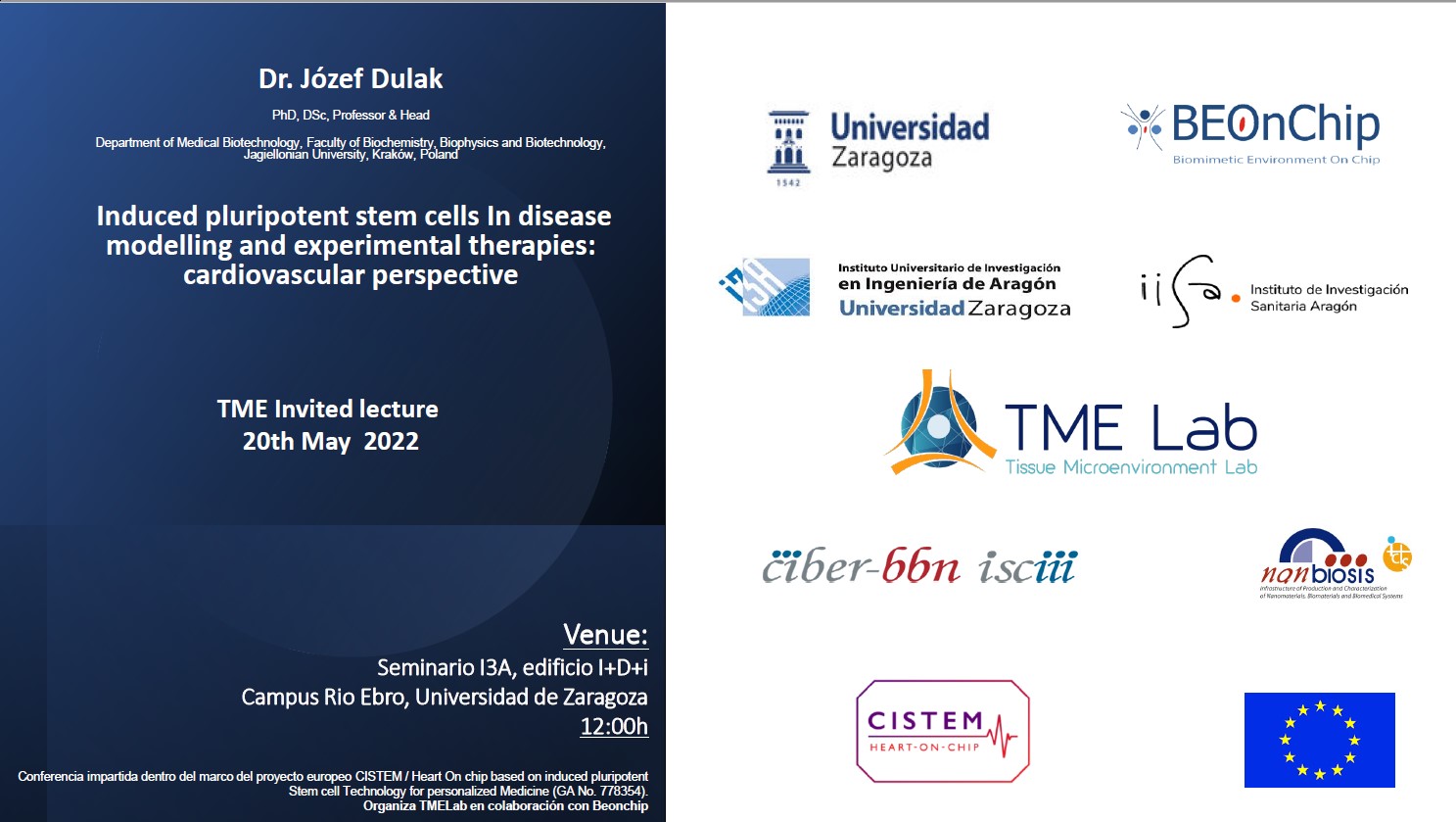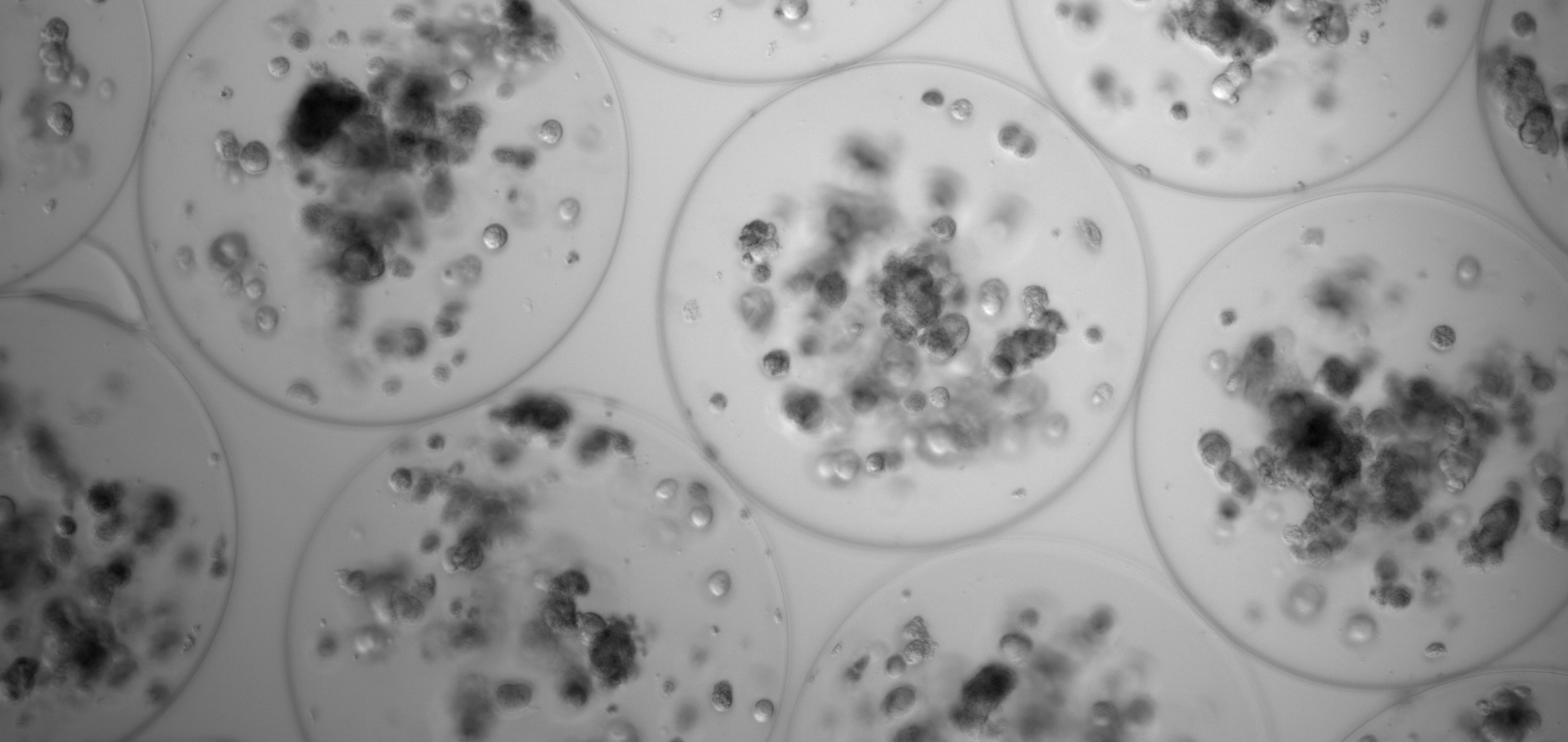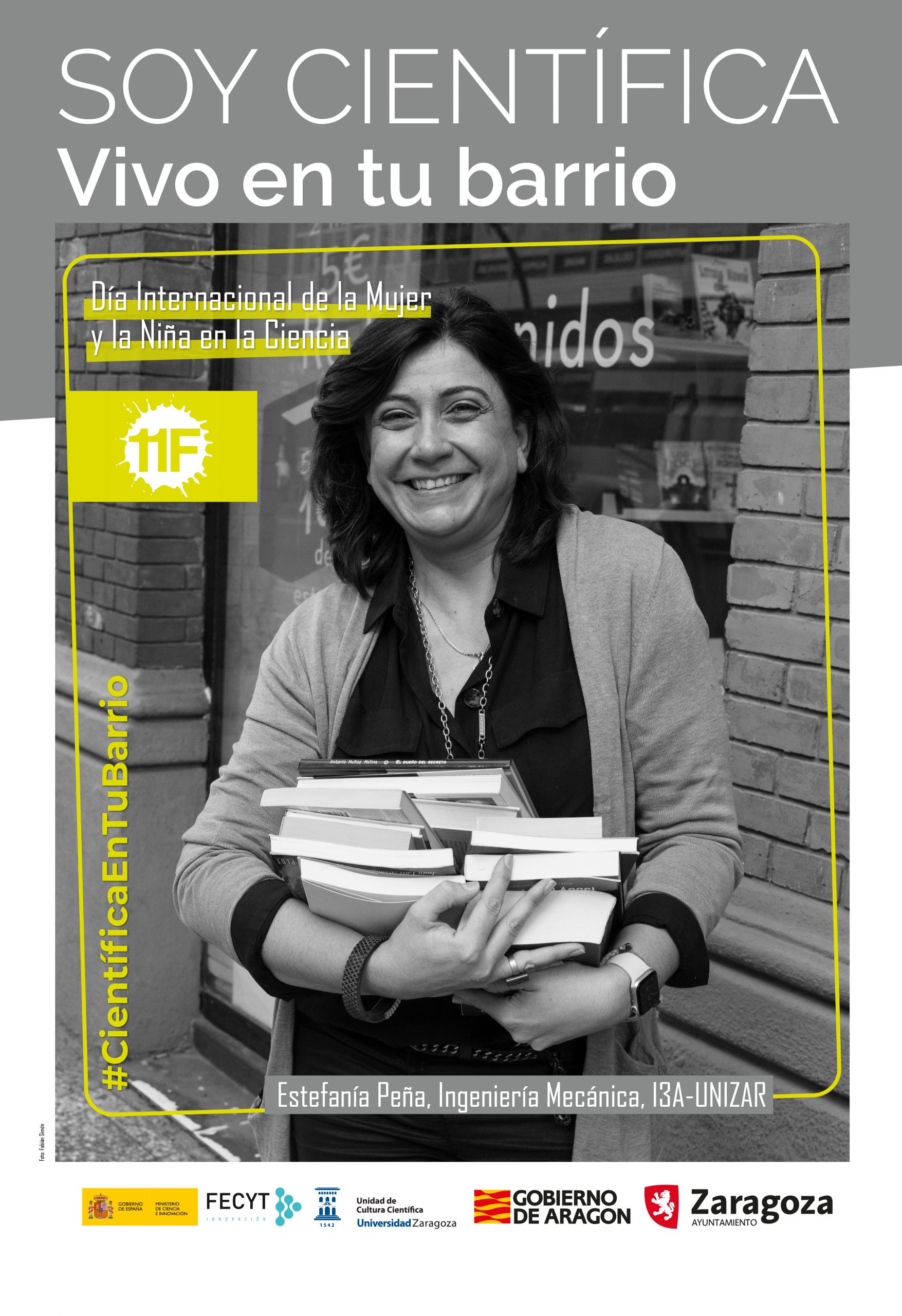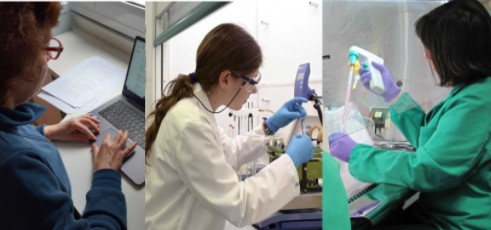Online Seminar: Microphysiological Systems for Cell Biology and Cancer Immunology
Online seminar on April 2 at 15:00h CET with Dr. Jose Maria Ayuso on microphysiological systems for cell biology and cancer immunology. Join via Zoom!
Zaragoza, March 2025. The CIBER group CB06/01/0069, where our Unit 13 is located, is organizing an online seminar featuring Dr. Jose Maria Ayuso from the University of Wisconsin-Madison. The talk, titled “Microphysiological systems for cell biology and cancer immunology”, will take place on April 2, 2025, at 15:00h (CET).
Dr. Ayuso’s research focuses on the development of microphysiological systems to study complex biological processes, particularly in the context of cancer immunology. His work aims to bridge the gap between in vitro models and clinical applications, providing innovative solutions for biomedical research.
The event will be held via Zoom, and all interested participants can join through the following link: https://us02web.zoom.us/j/85843455383.
This seminar represents a valuable opportunity for researchers, students, and professionals in the field of nanomedicine, bioengineering, and cancer research to gain insights from a leading expert in the field.
Stay connected with NANBIOSIS for more updates on upcoming scientific events!
What is NANBIOSIS?
The goal of NANBIOSIS is to provide comprehensive and integrated advanced solutions for companies and research institutions in biomedical applications. All of this is done through a single-entry point, involving the design and production of biomaterials, nanomaterials, and their nanoconjugates. This includes their characterization from physical-chemical, functional, toxicological, and biological perspectives (preclinical validation).
In order to access our Cutting-Edge Biomedical Solutions with priority access, enter our Competitive Call here.
NANBIOSIS has worked with pharmaceutical companies of all sizes in the areas of drug delivery, biomaterials and regenerative medicine. Here are a few of them:

